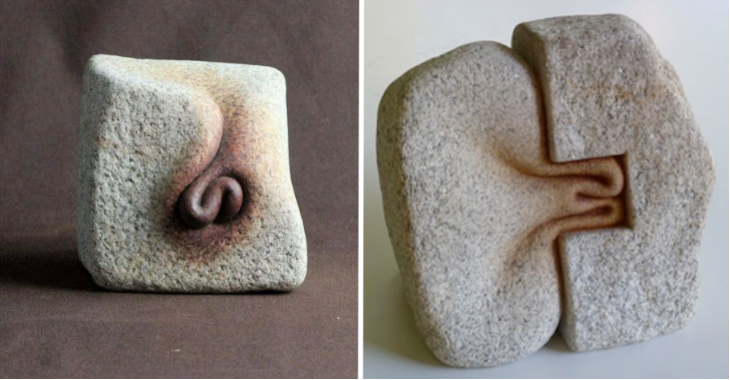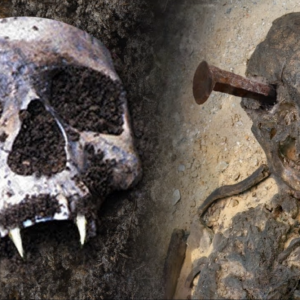
Why couldn’t the ancient Peruvians cut a stone to look like this if a Spanish artist could do it today? Although the idea of a plant material melting stone looks implausible, the theory and science are gaining traction.

Scientists and archaeologists are trying to figure out how odd ancient Peruvian structures like the Sacsahuamán Complex were built. These magnificent structures are composed of enormous stones that our modern technology cannot move or arrange properly.
Is the answer a special plant that allowed ancient Peruvians to soften the stone, or were they aware of a mystery advanced old technology that could liquefy stones?
According to investigators Jan Peter de Jong, Christopher Jordan, and Jesus Gamarra, the stone walls at Cuzco show indications of being heated to a high temperature and vitrified, making the exterior glossy – and incredibly smooth.

In Spain, an artist may create works of art that look to have been created by softening stone and producing a beautiful piece from it. They look to be entirely incomprehensible. I was ready to use “mind-blowing,” but I refrained.
Jong, Jordan, and Gamarra conclude that “some form of high tech gadget was used to melt stone blocks, which were then put and allowed to cool next to hard, jigsaw-polygonal blocks already in situ” based on this discovery. The new stone would be fastened against these stones with near-perfect accuracy. Still, it would be a distinct block of granite surrounded by other unions and “melted” into their interlocking locations in the wall.”

“In this scenario,” David Hatcher Childress wrote in his book ancient technology in Peru and Bolivia, “power saws and drills would still cut and shape the stones as the walls were erected.”
According to Jong and Jordan, various ancient cultures worldwide we’re familiar with high-tech stone melting technology. “The stones on some of Cuzco’s historic alleys have been vitrified at a high temperature to give them their unique glᴀssy quality,” they add.
“The temperatures must approach 1,100 degrees Celsius,” Jordon, de Jong, and Gamarra write, “and other ancient sites surrounding Cuzco, particularly Sacsayhuaman and Qenko, have displayed indicators of vitrification.” There’s also proof that the ancient Peruvians had access to a plant whose secretions softened rock, allowing it to be shaped into тιԍнт-fitting masonry.
In his book Exploration Fawcett, Colonel Fawcett wrote that he had heard the stones were glued together using a solvent that softened the rock to a clay-like consistency. Colonel Fawcett reported how he discovered that the stones were kept together by a liquid that softened the stone to a clay-like consistency.

Brian Fawcett tells the following anecdote in the footnotes of his father’s book: A friend of his who worked at a mining site at 14,000 feet in Cerro de Pasco, Central Peru, uncovered a jar in an Incan or pre-Incan tomb.
He shattered the still-intact old wax seal when he opened the jar, mistaking it for chicha, an alcoholic beverage. Later, the pot was accidentally tipped over and landed on a rock.
“About 10 minutes later, I crouched over the rock and looked blankly at the spilled liquid,” Fawcett explained. It was no longer liquid, and the entire area where it was and the rock beneath it had become as mushy as wet cement! It seemed as though the stone had melted like wax when exposed to heat.”
Fawcett believes the plant may be found around the Pyrene River’s Chuncho area, with a reddish-brown leaf and a height of about afoot.
Another testimony comes from a researcher studying a rare Amazonian bird. He watched as she brushed a twig on the rock to create a nest. The fluid from the twig melts the rock, allowing the bird to build its nest through it.
Some may find it difficult to imagine that ancient Peruvians could have constructed such magnificent temples as Sacshuhuamán utilizing plant juice. Today, archaeologists and scientists are mystified as to how such gigantic structures were erected in Peru and other parts of the world.


